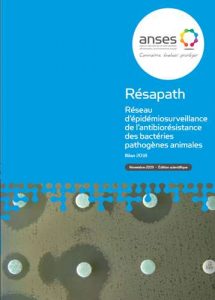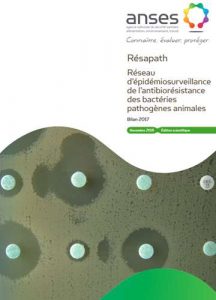Toxoplamosis
Development and evaluation of a modified agglutination test for diagnosis of Toxoplasma infection using tachyzoites cultivated in cell culture. Batol H. Al-Adhami | Manon Simard | Adrián Hernández-Ortiz | Clémence Boireau | Alvin A. Gajadhar. Food and Waterborne Parasitology, Volume 2, March 2016, Pages 15–21.
Highlights:
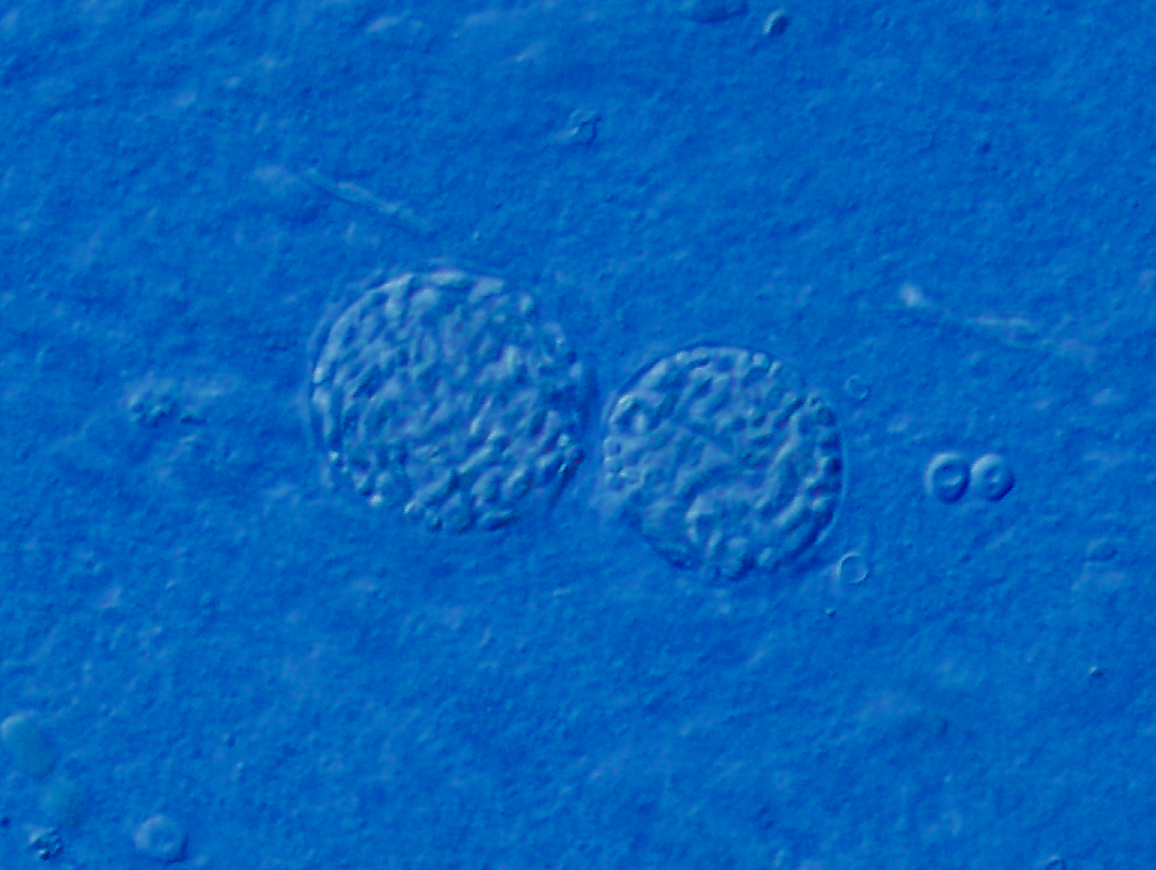
- • An in-house MAT was developed using tachyzoites produced by in vitro cultivation.
- • The assay was used to test samples of serum, blood and/or meat juice from variety of hosts.
- • The performance of this assay was shown to be similar to that of a commercial MAT.
- • The in-house MAT is a simple, rapid, inexpensive and multi-host species diagnostic tool.
Tuberculosis
Assessment of the intrinsic characteristic of the gamma-interferon test used in serial after a first skin test for the diagnosis of bovin tuberculosis in France and sociological survey of the local stakeholders. Clémence Boireau. Doctorate in Veterinary medicine, 2015.
Sensitivity of γ-interferon test used in series after tuberculin test to detect bovine tuberculosis. Anne Praud | Clémence Boireau | Barbara Dufour. Veterinary Record, August 2016 ; 179(7):174. doi: 10.1136/vr.103803.
Highlights:

- • The gamma-interferon test (IFND3) performed between three and eight days after a non-negative result to
- screening STs was significantly more sensitive than the usual test (single comparative cervical tuberculin test, 42 days later).
- • The serial association of screening skin test with IFND3 could thus be used to shorten the lock-up of suspect herds without subdetecting infected cattle.
Analyse qualitative de la participation volontaire des éleveurs français au protocole expérimental d’évaluation du test interféron-gamma. Clémence Boireau | Anne Praud. Épidémiol. et santé anim., 2016, 69, 105-122
Pourquoi les éleveurs français ont-ils participé au protocole expérimental d’évaluation du test interféron gamma ? Analyse des facteurs de succès et d’échec. Clémence Boireau | Anne Praud. AEEMA meeting, March 2016. Oral communication.
The importance of communication in promoting voluntary participation in an experimental trial. Clémence Boireau | Barbara Dufour | Anne Praud. Plos One, 2017, 12, e0185799.
Antimicrobial resistance
Antimicrobial resistance trends in Escherichia coli isolated from diseased food-producing animals in France: a 14-year period time-series study. Clémence Boireau | Eric Morignat | Géraldine Cazeau | Nathalie Jarrigue | Eric Jouy | Marisa Haenni | Jean-Yves Madec | Agnès Leblond | Emilie Gay . Zoonoses and Public Health, 2018,65, 86-94 .
Highlights:
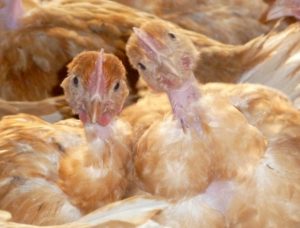
- • By applying time-series analysis, we described antimicrobial resistance trends of pathogenic Escherichia coli in food-producing animals: the data generated can help in designing efficient control strategies and policies.
- • The results highlighted the need to set up national surveillance networks able to monitor antibiotic resistance of pathogens in food-producing animals
- • Resistance to third-generation cephalosporins emerged during the period of the study: this trend is particularly alarming because these antimicrobial agents constitute last resort antibiotics for some human diseases.
Le Résapath est-il représentatif ? Clémence Boireau. RESAPATH meeting, 5 December 2017. Oral communication.
Quels sont les déterminants du recours à l’antibiogramme en santé animale en France ? Clémence Boireau. RESAPATH meeting, 5 December 2017. Oral communication.
Antimicrobial resistance in bacteria isolated from mastitis in dairy cattle in France, 2006–2016. Clémence Boireau | Géraldine Cazeau | Nathalie Jarrigue | Didier Calavas | Jean-Yves Madec | Agnès Leblond | Marisa Haenni | Emilie Gay . Journal of Dairy Science, 2018,101, 9451-9462.
Highlights:

• This study aim to estimate the AMR levels of the three main bacteria isolated from dairy cattle with mastitis in France: Streptococcus uberis, Escherichia coli, and coagulase-positive staphylococci
• In E. coli, the highest proportions of resistance were observed for amoxicillin (28.1%) and tetracycline (23.1%).
• Resistance to third-generation cephalosporins in E. coli from dairy cattle was almost nil in 2006, but reached 2.4% in December 2016.
Comparative epidemiology of E. coli resistance to third-generation cephalosporins in diseased food-producing animals. Clémence Bourély | Claire Chauvin | Eric Jouy | Géraldine Cazeau | Nathalie Jarrigue | Agnès Leblond | Emilie Gay . Veterinary microbiology, 2018, 223, 723-78.
Highlights:
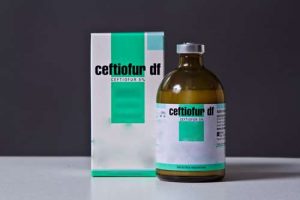 • RESAPATH is a powerful tool for monitoring animal-host antimicrobial resistance.
• RESAPATH is a powerful tool for monitoring animal-host antimicrobial resistance.
• A time-series analysis depicted various trends of E. coli resistance to 3GCs.
• After a peak of 26% in 2010, resistance in broilers rapidly decreased to below 5%.
• Our findings demonstrate that inversion of resistance trends can rapidly occur.
Why do veterinarians ask for antimicrobial susceptibility testing? A qualitative study exploring determinants and evaluating the impact of antibiotic reduction policy. Clémence Bourély | Nicolas Fortané | Didier Calavas | Agnès Leblond | Emilie Gay . Preventive Veterinary Medicine, 2018, 159, 23-134.
Highlights:
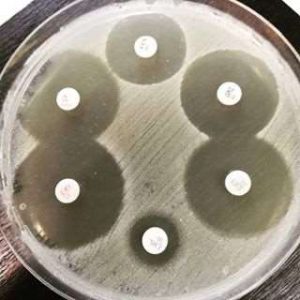 • Recourse to an antibiogram in veterinary medicine is multifactorial.
• Recourse to an antibiogram in veterinary medicine is multifactorial.
• Recourse to an antibiogram varies between animal sectors.
• Recourse to an antibiogram is influenced by relationship between stakeholders.
• The regulation of critically important antibiotics induces change in prescriptions.
• The regulation is perceived as an aid for promoting responsible use of antibiotics.
Antimicrobial resistance patterns of bacteria isolated from dogs with otitis. Clémence Bourély | Géraldine Cazeau | Nathalie Jarrigue | Agnès Leblond | Jean-Yves Madec | Marisa Haenni | Emilie Gay . Epidemiology and Infection, 2019, 147, E121.
Highlights:
 • The four major causative agents of canine otitis in France were coagulase-positive staphylococci, Pseudomonas aeruginosa, Proteus mirabilis and streptococci.
• The four major causative agents of canine otitis in France were coagulase-positive staphylococci, Pseudomonas aeruginosa, Proteus mirabilis and streptococci.
• Since 2013, resistance to fluoroquinolones has been on the decrease in both P. aeruginosa and Staphylococcus pseudintermedius isolates.
• For P. aeruginosa, 19.4% of isolates were resistant to both enrofloxacin and gentamicin.
Antimicrobial resistance in bacteria isolated from diseased horses in France. Clémence Bourély | Géraldine Cazeau | Nathalie Jarrigue | Agnès Leblond | Marisa Haenni | Emilie Gay . Equine veterinary Journal, 2019, DOI: 10.1111/evj.13133.
Highlights:
 • The five most frequently isolated bacteria were Streptococcus spp., Escherichia coli, Pseudomonas spp., Staphylococcus aureus, Pantoea spp. and Klebsiella spp.
• The five most frequently isolated bacteria were Streptococcus spp., Escherichia coli, Pseudomonas spp., Staphylococcus aureus, Pantoea spp. and Klebsiella spp.
• Klebsiella spp. and E. coli had the highest proportions of resistance to trimethoprim‐sulfamethoxazole
• Resistance to third‐generation cephalosporins was below 10% for all Enterobacteriaceae.
• The highest proportions of multidrug resistance (22.5%) were found among S. aureus isolates, which is worrying given their zoonotic potential.
Antimicrobial resistance of Pasteurella multocida isolated from diseased food-producing animals and pets. Clémence Bourély | Géraldine Cazeau | Eric Jouy | Marisa Haenni | Jean-Yves Madec | Nathalie Jarrigue | Agnès Leblond | Emilie Gay . Veterinary microbiology, 2019, 235, 280-284.
Highlights:
 • Resistances of P. multocida were almost all below 20% over the period 2012-2017.
• Resistances of P. multocida were almost all below 20% over the period 2012-2017.
• Resistance to florfenicol was less than 1%, regardless of the animal species.
• Resistance to fluoroquinolones increased in cattle isolates from 2012 to 2017.
• Similarly in cattle, other resistance trends continuously increased over the period.
Co-resistance to amoxicillin and tetracycline as an indicator of multidrug resistance in Escherichia coli isolates from animals. Clémence Bourély | Géraldine Cazeau | Eric Jouy | Marisa Haenni | Jean-Yves Madec | Nathalie Jarrigue | Agnès Leblond | Emilie Gay . Veterinary microbiology, 2019, 235, 280-284.
Highlights:
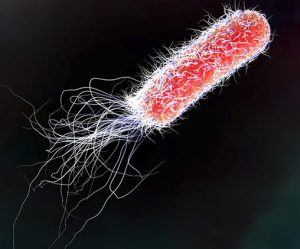 • In total, 55,904 isolates were analyzed.
• In total, 55,904 isolates were analyzed.
• Comparative analysis showed substantial agreement between MDR and co-resistance to amoxicillin and tetracycline with a kappa value of 0.75, all animal species considered.
• Given the widespread use of penicillins and tetracyclines in animal health, co-resistance to amoxicillin and tetracycline could be an efficient indicator of MDR in E. coli isolates.
Trends in antimicrobial resistance among Escherichia coli from defined infections in humans and animals. Clémence Bourély | Thomas Coeffic | Jocelyne Caillon | SoniaThibaut | Geraldine Cazeau | Eric Jouy | Nathalie Jarrige | Claire Chauvin | JY Madec | Marisa Haenni | Agnes Leblond | Emilie Gay. Journal of Antimicrobial Chemotherapy, 2020. Volume 75, Issue 6, June 2020, Pages 1525–1529, https://doi.org/10.1093/jac/dkaa022.
OASIS evaluation of the French surveillance network for antimicrobial resistance in diseased animals (RESAPATH): success factors underpinning a well-performing voluntary system. Rodolphe Mader | Clémence Bourély | JY Madec | . Epidemiol Infect. 2021 Apr 20;149:e104. doi: 10.1017/S0950268821000856.
Building the European Antimicrobial Resistance Surveillance network in veterinary medicine (EARS-Vet). Rodolphe Mader | Clémence Bourély | Els M Broens | | et al. Eurosurveillance, 2021, 26(4):pii=2001359.
Defining the scope of the European Antimicrobial Resistance Surveillance network in Veterinary medicine (EARS-Vet): a bottom-up and One Health approach. Rodolphe Mader | Clémence Bourély | JP Amat | | | et al. Journal of Antimicrobial Chemotherapy, 2022, dkab462, https://doi.org/10.1093/jac/dkab462.
French surveillance network for antimicrobial resistance in bacteria from diseased animals. Annual report.
